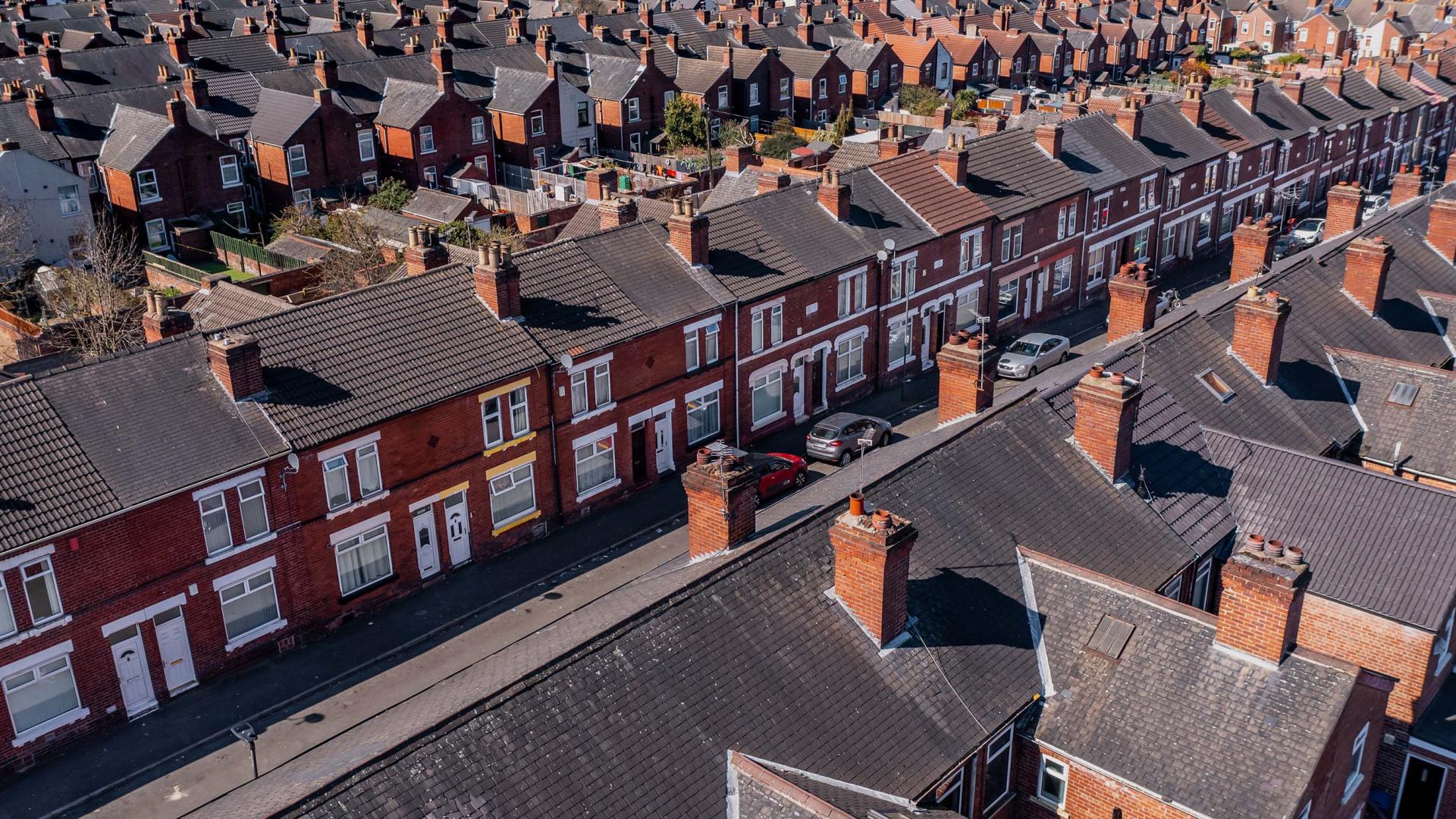The Welsh Government should press ahead with revaluing and reforming council tax at the earliest opportunity – and the governments in Westminster and Holyrood should follow suit.
A new report by researchers from the Institute for Fiscal Studies (IFS), published today, analyses the possible approaches to reform set out in the Welsh Government’s new consultation on ‘A fairer council tax’. This comment briefly explains why reform is needed, provides an overview of the broad approaches to reform being consulted upon by the Welsh Government, and summarises our findings on the potential impacts and merits of these reform approaches. The full report provides much more information on the potential impacts on different parts of Wales, different types of households, and the property market.
Policy background
Council tax bills in Wales are currently based on estimated property values as of April 2003 – better than in England and Scotland, where they continue to be based on 1991 values, but still more than 20 years out of date. And tax bills are a much smaller percentage of (2003) property value for high-value properties than low-value properties. Council tax is therefore both out of date and regressive with respect to property value.
In its consultation, the Welsh Government proposes to revalue properties for council tax purposes. It also considers some example ways it might make the tax rates applied to properties in different bands less regressive, and perhaps add more bands at the top and bottom to distinguish more finely between properties with different values. All these changes would be improvements on the current system.
The Welsh Government does not intend any reform to increase or decrease overall council tax revenue (or, equivalently, average tax bills) across Wales as a whole. That is not entirely within its control: it depends crucially on how Welsh councils set their Band D council tax rates in response to the redistribution of grant funding between councils that would accompany revaluation and reform (to reflect updated assessments of how much each council can raise itself via council tax). But if the total level of grant funding across Wales as a whole is maintained at the same level it would be in the absence of any reform, it would be possible for both councils’ spending on services and tax revenues (and average tax bills) across Wales as a whole to be maintained too.
Different parts of Wales and individual households would see their bills fall or increase, depending on the particular reform chosen, the value of the property they live in, how that value has changed since properties were last valued in 2003, and their demographics.
In broad terms, a revaluation would benefit areas and households whose properties had increased in value by less than average since 2003, at the expense of those whose property values had increased by more than average, as tax bills came to reflect current property values more accurately. If council tax rates were also made less regressive, bills would rise for those whose property values were highest as well as those whose property values had risen the most. Conversely, under such a system, bills would fall for those properties with low values, as well as those which have risen the least.
The Welsh Government and the IFS worked together to identify and model some specific example reforms to better understand the impacts on places and households. These assume each council sets council tax rates at the level needed to keep its total funding (and therefore spending on public services) the same as in the absence of any revaluation and reform. Some of the findings include:
Impacts on different places
Under a pure revaluation, average net council tax bills would increase in the South Wales Valleys (e.g. by 6% in Merthyr Tydfil) and many rural areas (e.g. by 5% in Gwynedd): areas where property values have grown by more than average since 2003. They would fall in Cardiff, Swansea and North East Wales, which have seen below-average growth in property values.
- Under the example reforms that also make council tax less regressive, average net bills would rise most in Monmouthshire (by up to 16%) and the Vale of Glamorgan (by up to 15%), and fall most in Blaenau Gwent and Denbighshire (both by up to 12%). More deprived neighbourhoods would generally see their average bills fall; more rural (sparsely populated) neighbourhoods would see their average bills increase.
- Underlying these geographical patterns are varying impacts on individual households: in all parts of Wales under any potential reform, some would see their bills go up and some down.
Impacts on different types of households
- Under a pure revaluation, around 60% of households would see their net bill change by less than £50 a year, while around 20% each would see it rise or fall by more than that amount. Low-income households would be less likely to see significant changes than high-income households, reflecting the fact many have their bills covered in full or part by the means-tested council tax reduction scheme (CTRS). But there would be no significant systematic differences in average gains or losses across different types of households.
- Lower-income households tend to live in lower-value properties, so reforms that reduce the regressivity of council tax with respect to property value would on average benefit lower-income households at the expense of higher-income households. The biggest reductions in net bills would be among the second-poorest fifth of the population, whose average net bill would fall by £90 a year under the most expansive reform modelled. Among the poorest fifth, far more would see reductions than increases in their net bill, but again many would see little or no change as their bills are covered in part or full by the CTRS.
- Reforms to make council tax less regressive would also reduce net bills on average for younger households, one-adult households, social and private sector renters and those receiving disability benefits, and increase bills on average for other types of households – although again there would be some households that bucked these overall trends.
Our overall appraisal
Revaluation is unambiguously a good idea. It is absurd that we tax people based on 20-year-old property valuations (let alone 32-year-old valuations, in England and Scotland), and it is hard to see any principled objection to bringing valuations up to date.
Legislating for regular revaluations in future is even better, making it less likely that valuations will become so out of date again. The administrative costs of more frequent revaluations should be lower now that they are mostly based on computer modelling rather than manual assessments.
The appropriate degree of progressivity in the tax system is a political choice. But a stated aim of the Welsh Government is for reform to make council tax more progressive (or, at least, less regressive). And reforming council tax is quite an economically efficient way to redistribute, as it does not weaken work incentives or create tax avoidance (or evasion) opportunities like income-based redistribution does.
Less welcome is that the consultation document opens up the prospect of potential delay from the previously stated intention of implementing revaluation and reform in 2025. There is no obvious economic or administrative need for, or benefit from, delay.
There is a case for transitional arrangements to phase in changes in bills for households seeing particularly large changes, which the consultation proposes. Changes to the design and/or administration of the means-tested CTRS (which covers the council tax bills of many low-income households in part or in full) – which are to be consulted on in future – and possibly bill deferral schemes for the ‘asset rich, cash poor’ could also be considered to provide particular support to potential low-income losers. It is important to emphasise, though, that while some low-income households would lose from making council tax less regressive and people will understandably be concerned about that, a much larger number would gain.
One thing the consultation document does not propose to change is the one-adult council tax discount. Its current structure (a 25% discount) means the discount is larger for higher-band, often larger, properties. This encourages one-adult households to live in bigger properties, and multi-adult households to live in smaller properties, than they otherwise would – contributing to both the under-occupation and overcrowding of housing. Making the discount a flat amount (rather than being linked to a property’s council tax band) would remove this distortion and, in addition, could contribute to the Welsh Government’s aims of making council tax more progressive.
Conclusion
The specific reforms analysed in our new report are only examples to illustrate the potential ways forward: the Welsh Government has yet to decide exactly what reform it will implement. There are still details to iron out and improvements that could be made.
Yet even with these caveats and uncertainties, the direction of travel proposed would represent a clear and major improvement on the status quo. The Welsh Government should go ahead with revaluation and reform of council tax in 2025. And England and Scotland, where revaluation and reform are even more desperately needed, should follow suit.












